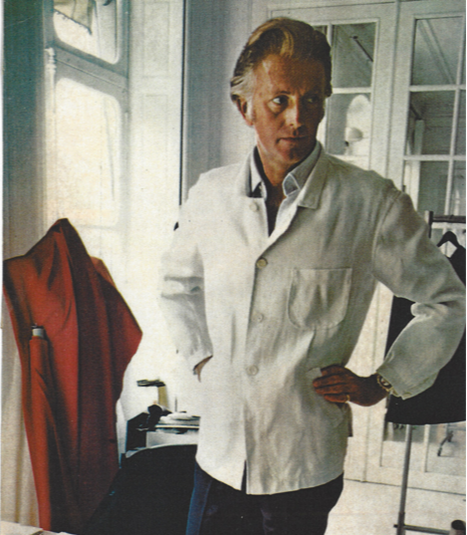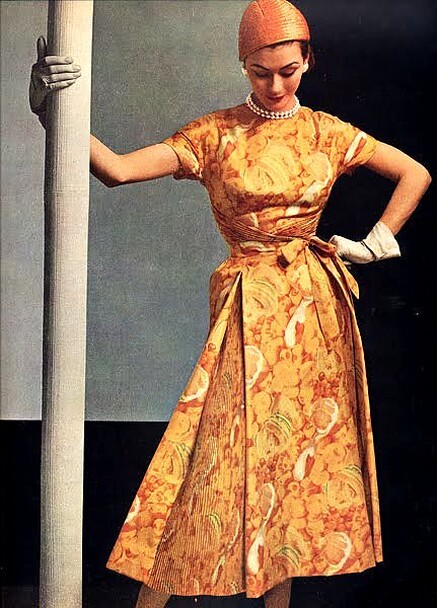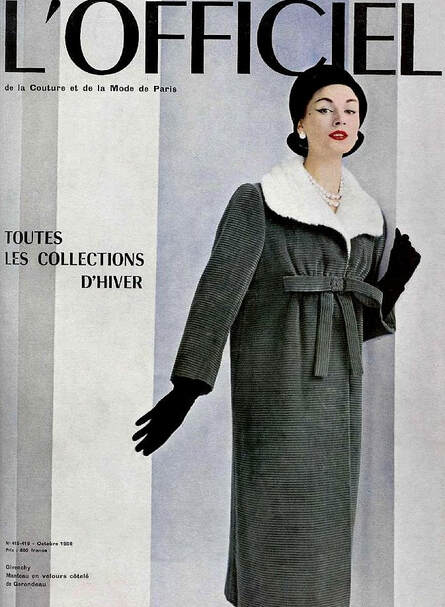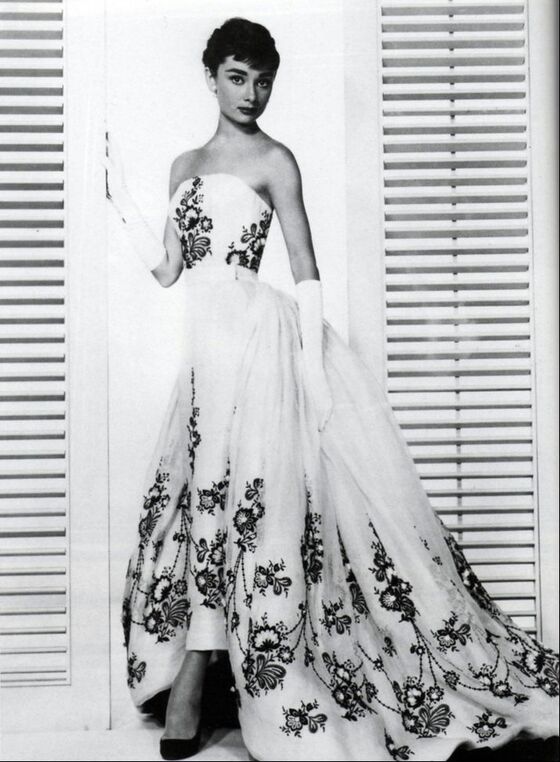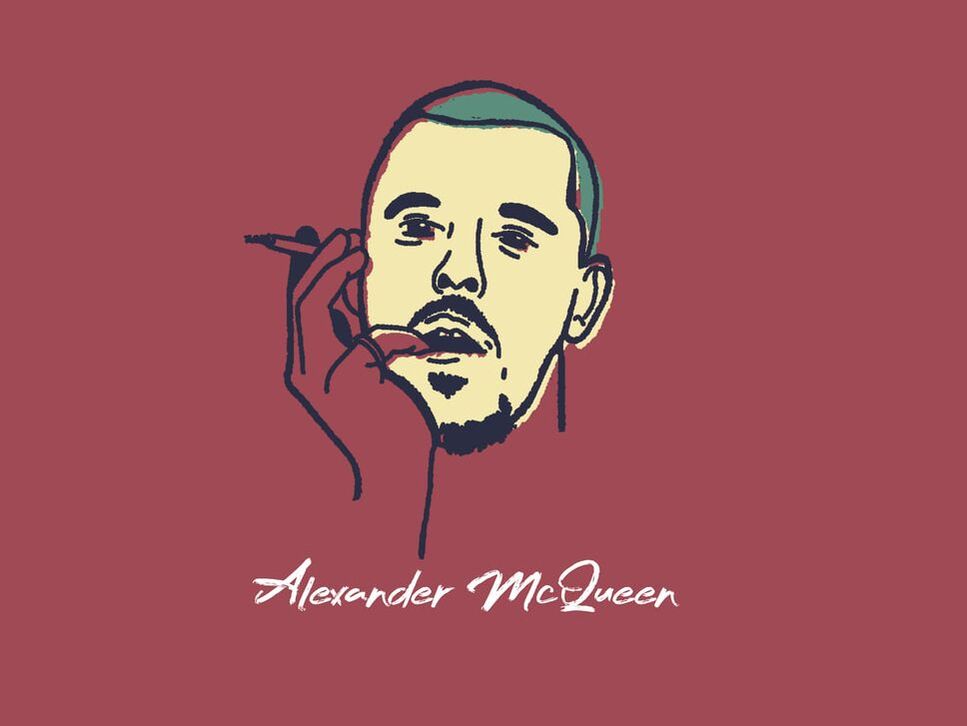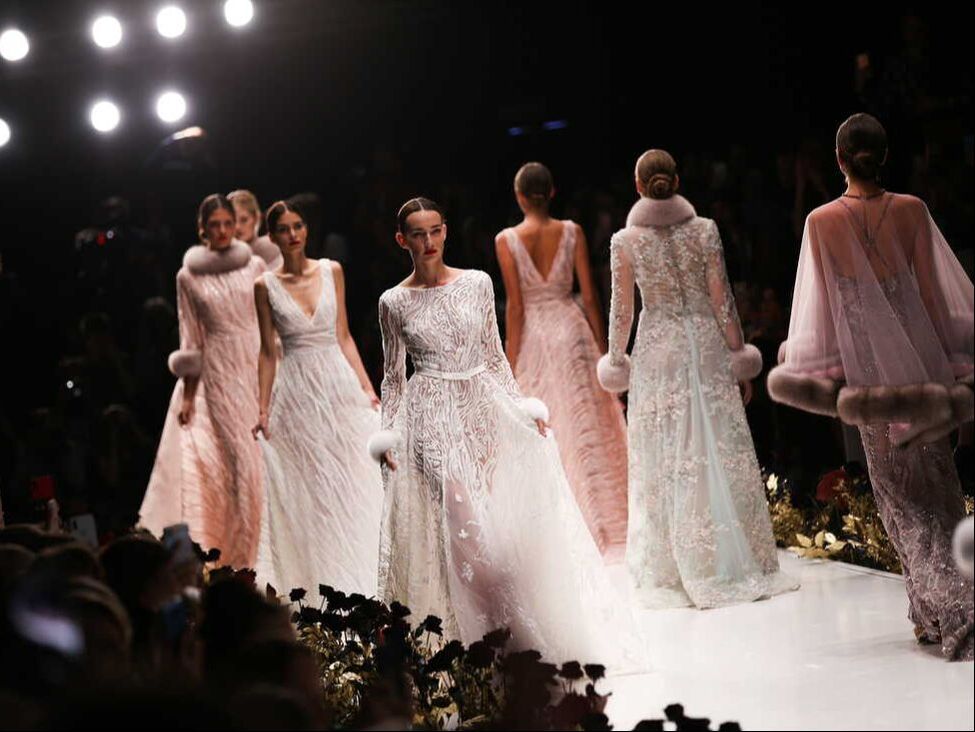|
15/7/2020 biographies in brief: hubert de givenchyEarly lifeBorn in Beauvais, northern France, in 1927, Hubert James Taffin de Givenchy was the son of nobility on his father’s side and an artistic tradition on his mother’s. His father passed away when Hubert was 3 and he was raised by his mother and maternal grandmother, who instilled in him a passion for creativity, fashion and fabrics - informed largely by his grandfather’s extensive collection of clothes from around the world. An obsession that grew from a young age, family legend has it that it was an aborted attempt aged 10 to run away from home and meet his idol, Cristóbal Balenciaga, that convinced Givenchy's mother to abandon her wish for him to become a lawyer and allow him to pursue fashion. Having outgrown his hometown, Givenchy left home for Paris aged 17 to take up an apprenticeship at the Jacques Fath couture house, while also studying at the École Nationale Supérieure des Beaux-Arts. Following a recommendation from an up-and-coming Christian Dior, in 1946 Hubert moved to Robert Piguet and worked for a brief stint at Lucien Lelong in 1947, before joining the house of legendary designer Elsa Schiaparelli, where he worked his way up to become artistic director of the Schiaparelli boutique on Place Vendôme.
Accordingly, Hubert’s tenure at Givenchy would be defined by designs praised for their ‘extreme elegance’, with each new collection always one of the most highly anticipated each season. His iconic garments included the ‘sack dress’, an unprecedented design which did away with the tight waists and fitted designs favoured in the 1950s and ushered in a looser, more modern silhouette that became de rigeuer over the next decade. Celebrity associationsIt didn’t take long for the silver screen stars of the day to come knocking at Givenchy’s door and, just one year after opening his couture house, Givenchy met the woman who would become his most famous client: Audrey Hepburn. The pair met when Hepburn borrowed several looks from the house to wear in Sabrina. They immediately developed a fast friendship which would evolve into one of the most prolonged collaborations between an actress and a designer in fashion history - and provide a framework for celebrity endorsements that remains to this day. Givenchy went on to create many notable looks for Hepburn, with the actress commenting, "His are the only clothes in which I am myself. He is far more than a couturier, he is a creator of personality.” These most famously included the little black dress worn by Hepburn as Holly Golightly in Breakfast at Tiffany’s, her 1954 Oscars gown and the dress Hepburn wore when she married Andrea Dotti in 1969. In 1957 Hepburn also became the face of Givenchy’s first fragrance, L’Interdit.
The brand named his successor, irreverent British designer John Galliano, just an hour after Hubert showed his final haute couture collection in Paris. Although Givenhcy had no say in the choosing of his successor, and the pair had never met, Galliano’s appointment was hailed by the New York Times as “both an affirmation of the future of couture and a vote for unpredictable, whimsical creativity in fashion”. However, the appointment didn’t stick and Galliano had left Givenchy to helm Dior by 1996. His replacement, Alexander McQueen, would go on to have a more successful tenure and be followed by a string of high profile designers including Julien MacDonald, Riccardo Tisci, Claire Waight Keller and, as of mid-2020, Matthew Williamson. Hubert retired to his country estate in Le Jonchet, just outside of Paris, with his partner and fellow designer Philippe Venet and spent his latter years all but removed from the fashion world, emerging only to give the occasional interview or public talk. Hubert de Givenchy passed away peacefully aged 91 on 10 March 2018 in Paris. |
Search by typing & pressing enter

